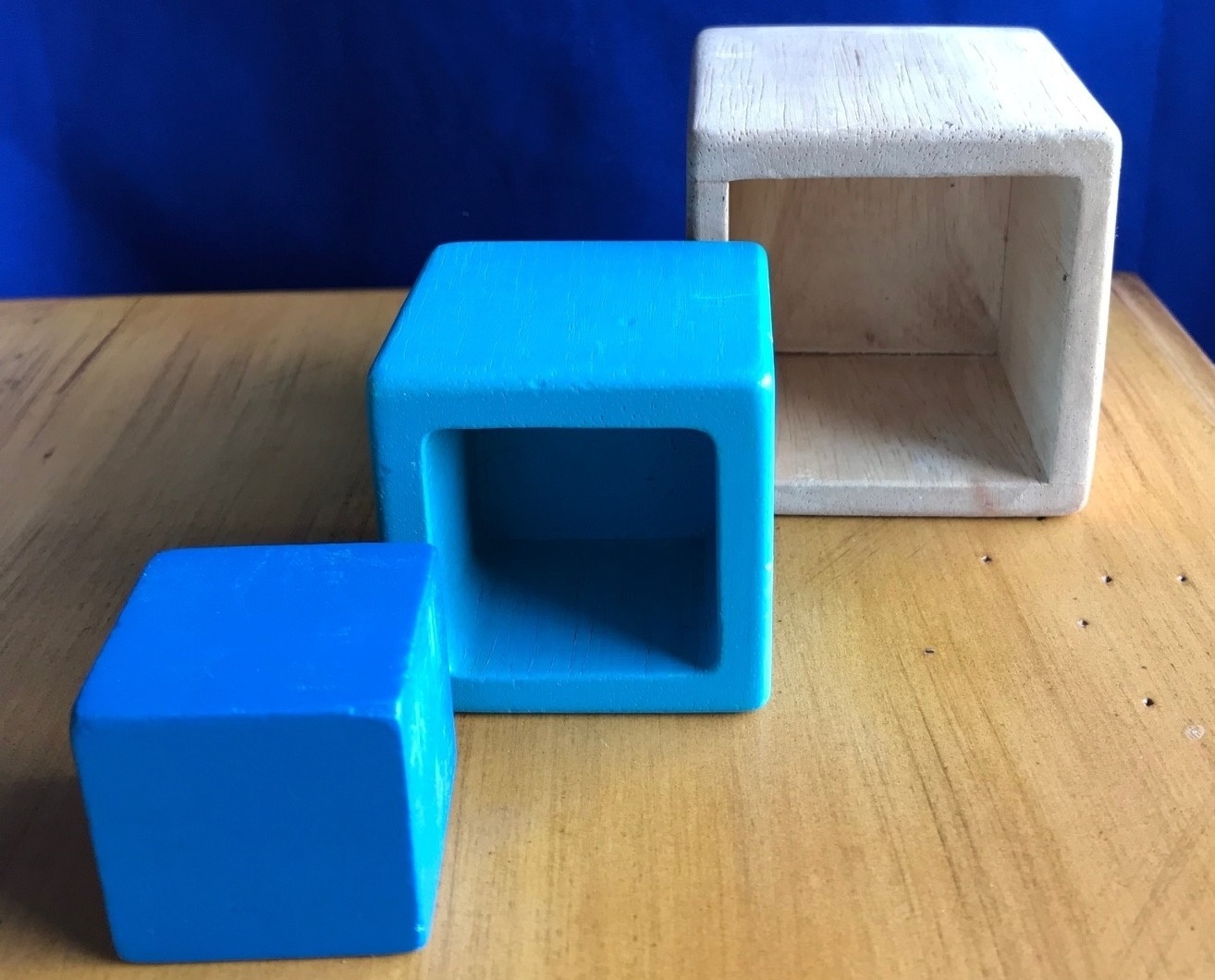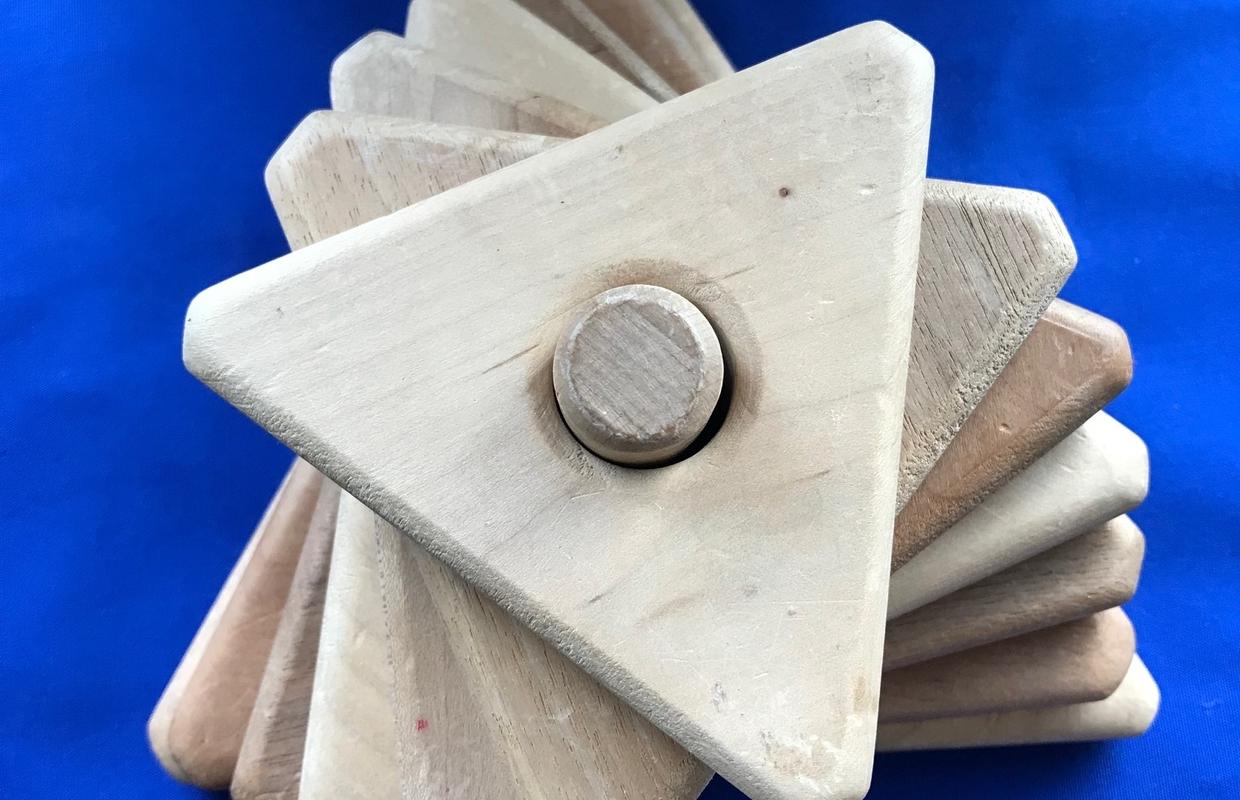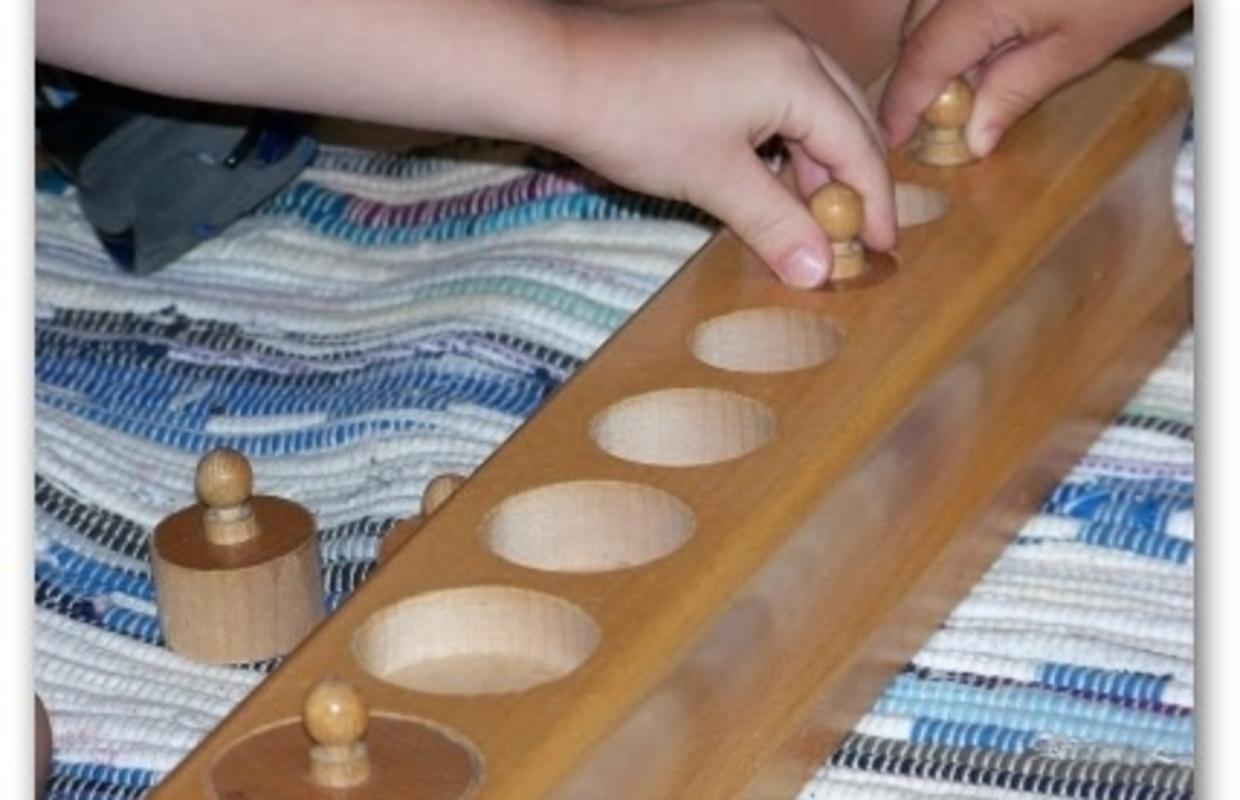Our Educational Programs

Every stage of a child's life is important. By nurturing young children as individuals, we seek to develop confidence, intellectual growth, creativity and joy in learning. So, we've developed different sets of curricula tailored to three distinct age groups of children.
Montessori Children's House has three rooms for each age group: Infant, Toddler, and Pre-Primary. Our main lesson rooms are where the children have the opportunity to use the Montessori materials and to receive one on one lessons from their teachers. The second rooms are used for our group circle time, music, and movement line work. And our activity rooms are for arts /craft activities, snack and lunch time. The children take their nap in their own nap rooms.


